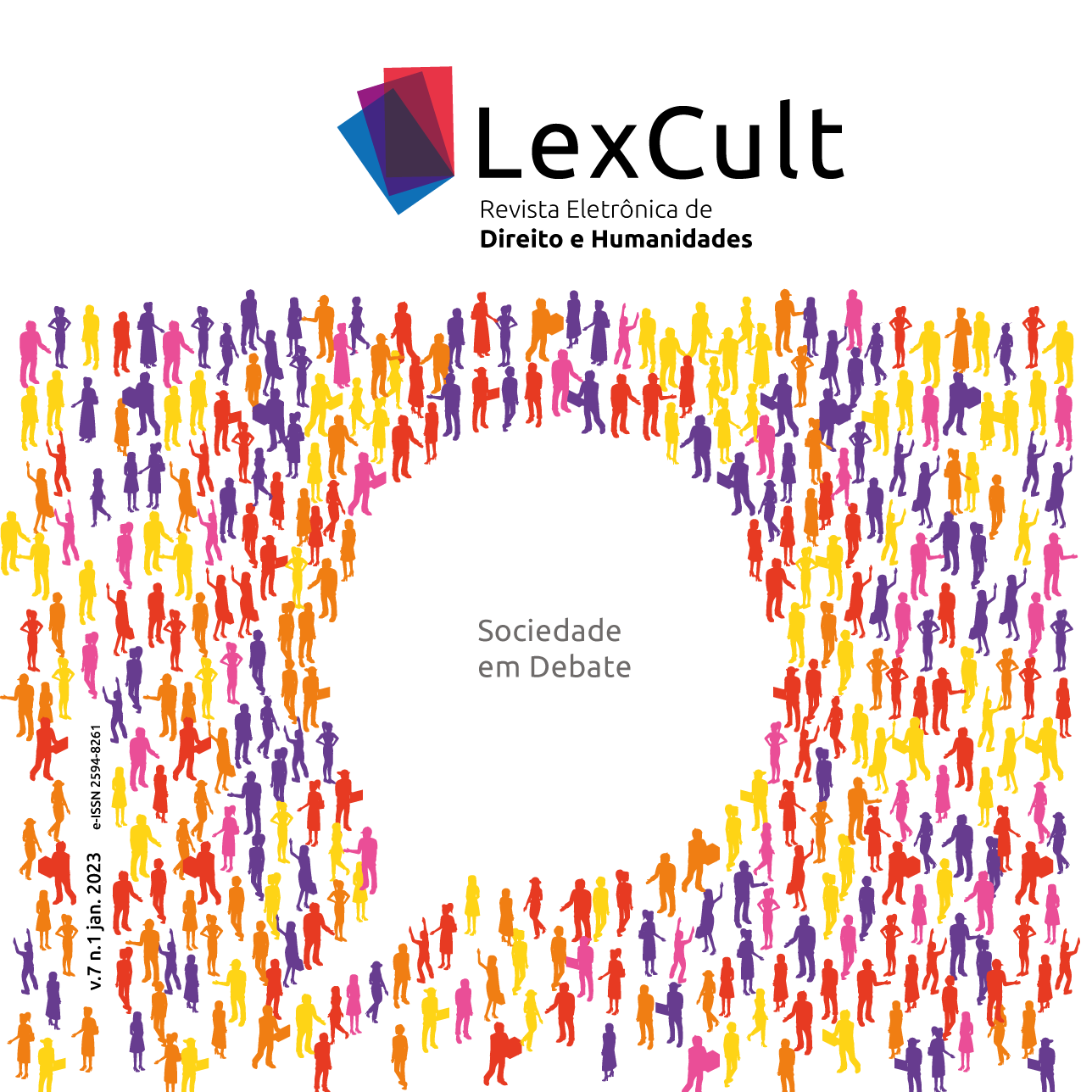O IMPACTO DA SELETIVIDADE PENAL NA LEI DE DROGAS
Resumo
O presente artigo utilizou da fundamentação teórica, fazendo uso de uma tendência existencialista de natureza básica, baseado na criminologia crítica mediante revisão bibliográfica integrativa para coleta de dados, tomando por procedimento a lógica analítico-sintético e dedutiva, a análise de informações foi feita por analogias, percepções, estudos de artigos e julgados a respeito do assunto, comparação entre doutrinadores, e o estudo de pesquisas e fatos. O objetivo desta análise foi abordar o motivo pelo qual a lei de drogas e suas mudanças recentes tiveram como principal resultado a lotação exacerbada de pessoas de baixa renda nos presídios brasileiros, levando em conta todas as falhas na norma relativa às drogas e identificando a consequência jurídica da subjetividade penal acerca deste tema. É preciso entender que a seletividade não surge no momento em que o sujeito é detido, mas sim a partir do momento em que ele nasce, dependendo de suas condições sociais, como se estivesse condenado somente pelo fato de morar em um território visto como perigoso ou simplesmente pela cor de sua pele. Com a nova lei de drogas, ser considerado traficante ou um simples usuário, tem a ver primeiramente com a origem social do indivíduo: se o mesmo tiver condições financeiras, tiver uma profissão renomada e morar em algum bairro central das capitais, dificilmente será considerado um traficante. Com a formação dos estereótipos, se constrói a figura do traficante, o que importará em sua qualificação como usuário ou traficante em momento posterior. Portanto, essa discussão é, de fato, muito importante, pois existem várias questões implícitas quando o assunto é o tráfico de drogas, visto que o legislador não se preocupou em detalhar a quantidade especifica de drogas para ser aplicado o Artigo 28 (usuário) ou o Artigo 33 (traficante), não há um aparato na lei que apresente critérios objetivos para diferenciar a figura do traficante ao do usuário, fazendo com que essa arbitrariedade na Lei 11.343/2006 tenha impactos irreversíveis na sociedade brasileira
##plugins.generic.usageStats.downloads##

This work is licensed under a Creative Commons Attribution-NonCommercial-NoDerivatives 4.0 International License.
Autores mantém os direitos autorais e concedem à revista o direito de primeira publicação, com o trabalho simultaneamente licenciado sob a Creative Commons Attribution-NonCommercial-NoDerivatives 4.0 International License, que permite o compartilhamento do trabalho com reconhecimento da autoria do trabalho e publicação inicial nesta revista.
Autores têm autorização para assumir contratos adicionais separadamente, para distribuição não-exclusiva da versão do trabalho publicada nesta revista (ex.: publicar em repositório institucional ou como capítulo de livro), com reconhecimento de autoria e publicação inicial nesta revista.
Os autores declaram serem responsáveis pela originalidade, pelo ineditismo e pela atualidade de todo o conteúdo do artigo, mediante a referência completa de todas as fontes consultadas.
Cada autor concede à Revista LexCult permissão para avaliar, normalizar, editar e publicar o artigo submetido, de modo inédito.
Casos de plágio e autoplágio não serão aceitos sob nenhuma hipótese. O autor plagiário será suspenso por 5 (cinco) anos sem publicação na Revista LexCult.
É permitida a cópia, total ou parcial, de artigo publicado na Revista LexCult, desde que informada a fonte (autor e revista), sendo vedado o uso comercial e a produção e distribuição de trabalhos derivados. Caso seja verificada a quebra de exclusividade, a submissão será arquivada e o autor estará suspenso de publicar por 5 (cinco) anos na Revista LexCult, sem prejuízo das ações cíveis/penais previstas em lei.
O autor tem ciência de que:
a) a submissão poderá ser recusada caso o Conselho Editorial da Revista LexCult, responsável pela avaliação e seleção dos artigos, não considere pertinente a publicação, por quaisquer motivos, devidamente fundamentados;
b) os editores reservam-se o direito de modificar o texto da submissão - sem alteração de conteúdo - para normalizá-lo e adaptá-lo às normas de publicação.



